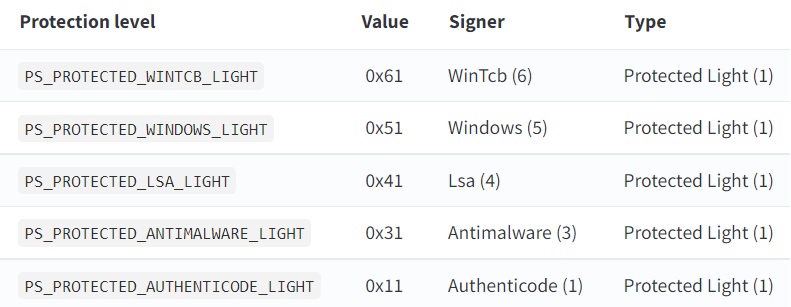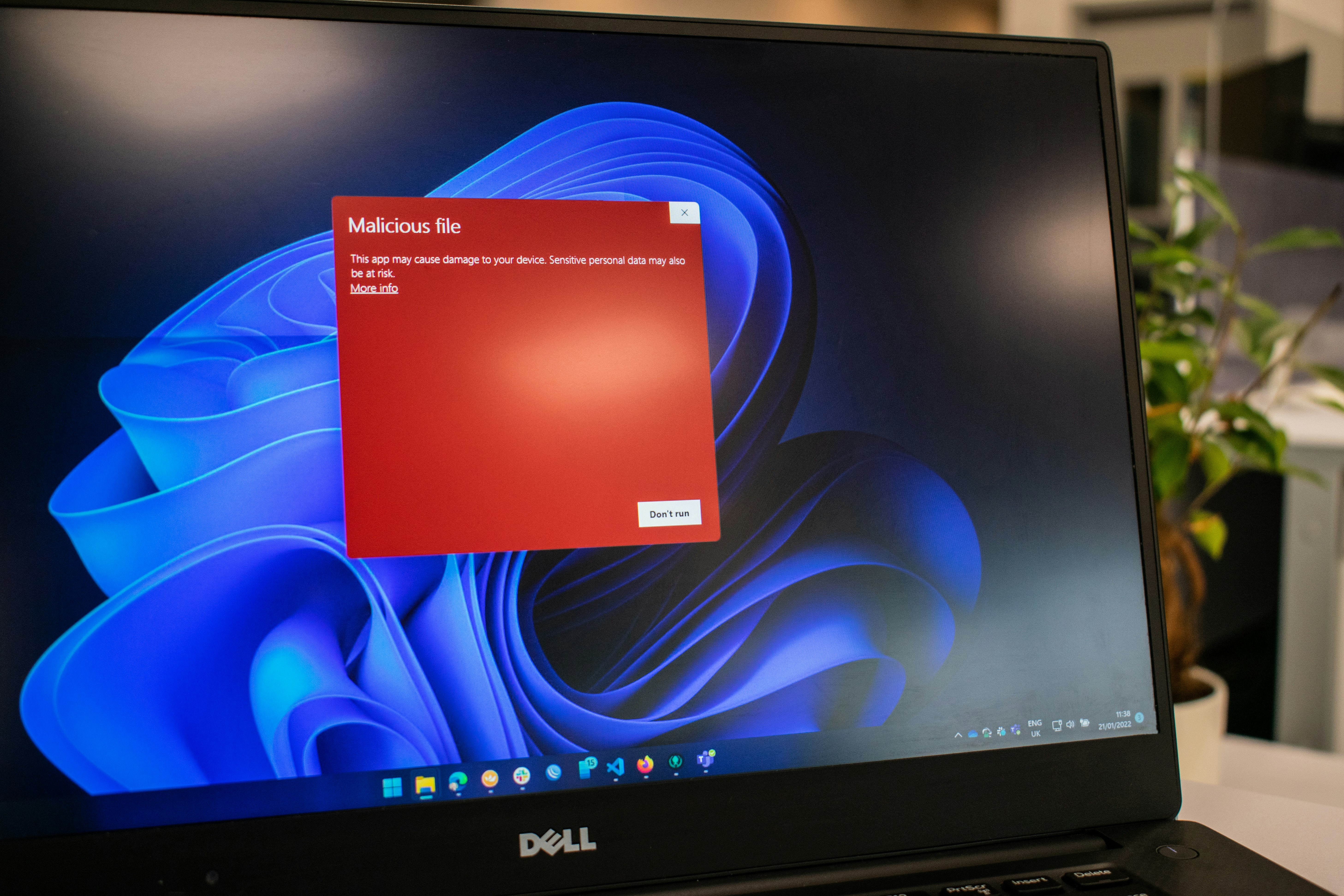🎯 DNS Security Focus: This series explores DNS from a security analyst's perspective, focusing on DNS-specific detection, analysis, and threat hunting techniques essential for modern cybersecurity operations.
Introduction
The Domain Name System (DNS) is a phone book for the internet. DNS resolves a human-readable domain name to an IP address. This conversion allows computers on the internet to communicate with each other. DNS, as far as most people, and their interactions with computers, is primarily a name resolution type of service. However, for security analysts, it is much more than that. It is a key data source for threat detection, incident forensics, and correlating communication over a network.
This guide will cover DNS conceptually, operationally, and from a security perspective. It is intended to provide the analyst with sufficient information to monitor and analyze DNS data, recognize malicious traffic, and when bad actors are abusing this essential service and protocol.
Why DNS Matters for Security Analysts
Understanding DNS is important for security professionals, as it is an unmatched window into the world of network communications, providing a means to determine communication intent before a connection has even been made. This means malicious activity can be detected early in the attack chain, often with only one DNS request. Most attacks have unique DNS fingerprints, like unusual query patterns, odd domain names, and connections to previously identified malicious infrastructure.
Establishing normal DNS patterns enables security analysts and researchers to know what is anomalous behavior that could indicate compromise or attack activity. DNS records can also help identify attacker infrastructure, such as command and control servers, malware distribution networks, and phishing campaigns. Finally, DNS blocking has the ability to immediately disrupt malicious communications, which can prove beneficial as a response mechanism when responding to an active incident.
The DNS Communication Flow
Before diving into technical details, let's understand the basic DNS communication pattern. When a user wants to visit google.com, their browser first asks "What is google.com's IP address?" The DNS resolver then queries authoritative servers to find the answer, receiving a response like "google.com = 172.217.31.174." Finally, the browser can connect directly to that IP address to load the website.
This simple flow involves multiple components and creates valuable security telemetry at each step, providing security analysts with rich data sources for monitoring and analysis.
DNS Server and Client Architecture
Understanding the different types of DNS components helps analysts know where to collect data and what each component's logs reveal.
Client Types
Stub Resolver
Stub resolvers represent your computer's DNS client during typical web browsing activities. These client components send queries to configured DNS servers and may cache responses locally for improved performance, though they cannot perform recursive queries independently. From a security perspective, stub resolvers are particularly important because endpoint DNS logs reveal user and application behavior patterns, providing insights into both legitimate activities and potential threats.
Local DNS caches can reveal recent activity on a system, making them valuable for incident response and forensic analysis. Stub resolvers are often the initial source of malicious DNS queries, whether from user actions, malware infections, or compromised applications.
Forwarding Server
Forwarding servers serve as intermediate DNS servers that cache responses but don't perform recursive resolution themselves. Common examples include home routers, domain controllers, and organizational DNS servers. These servers cache responses to improve network performance and forward queries to recursive servers when cache misses occur, while providing local network DNS services to clients.
From a security standpoint, forwarding servers provide centralized visibility into network DNS activity, making them excellent collection points for security monitoring. They can implement DNS filtering and blocking policies, and their logs reveal organizational communication patterns that help establish baseline behavior and detect anomalies.
Caching/Recursive Server
Caching or recursive servers are fully functional DNS servers that can resolve any query from scratch. ISP DNS servers or public resolvers like 8.8.8.8, 1.1.1.1, or 9.9.9.9 use recursive servers that perform a full DNS resolution process starting from the root nameservers when needed. These servers also cache results, so they can make the resolution process faster and easily respond to many different clients.
Caching and recursive servers are very useful for security analysts to look at because their query logs can reveal DNS tunneling, data exfiltration, and general malicious activity. Caching and recursive servers can also be good targets for DNS poisoning, since they are in the middle of the DNS process.
Authoritative Nameservers
Authoritative nameservers are the definitive sources for DNS zones and contain the actual DNS records for the domains they serve, without caching or recursion. They are organized hierarchically, meaning they have the final authority for a particular domain.
In terms of security, logs from authoritative nameservers can show who is querying particular domains. This is useful for intelligence and attribution in attacks targeting those domains. Authoritative nameservers are popular targets for DNS hijacking attacks, as they are the source of truth for DNS zone information that an attacker may try to corrupt or change.
Interactive DNS Resolution Visualization
Step 1: User Request
User types google.com in browser
Resolution Timeline
Query Types
A- IPv4 address lookupNS- Nameserver delegation- Recursive resolution process
Caching
- Responses cached at each level
- TTL determines cache duration
- Reduces subsequent query time
Security Notes
- Each step creates log entries
- Queries reveal communication intent
- Monitor for suspicious patterns
DNS Record Types Deep Dive
DNS records contain different types of information, each serving specific purposes and providing unique security insights.
A and AAAA Records
A and AAAA records are used to resolve hostnames to their corresponding IPv4 (A) or IPv6 (AAAA) addresses. These record types represent the most basic DNS queries and are good examples of fundamental DNS functionality. While security analysts analyze these records, there are some important fields to pay close attention to.
The question section indicates which domain is being queried, while the answer section shows the IP address or addresses returned. The transaction ID allows the analyst to correlate the request and the response. The TTL indicates how long to cache the answer, while the source and destination IP addresses show who asked the question, who returned the answer, and who the two parties were in the DNS transaction.
As security professionals analyze A records, they should consider several key points. One domain may resolve to more than one IP address. This could represent legitimate load balancing and CDN distribution, or it could indicate the use of fast-flux networks or domain generation algorithms employed by malware. IP address patterns can reveal a great deal about the legitimacy of infrastructure. In general, well-known IP ranges tied to consistent geolocation suggest legitimate services, while newly registered IPs, suspicious hosting providers, or IPs that change frequently over a short period may indicate malicious infrastructure.
PTR Records (Reverse DNS)
PTR records are the reverse phone book of DNS, matching IP addresses to domain names. For security analysis, they are particularly useful because they allow the examination of certain infrastructure characteristics, and if inconsistencies are noted, this may reveal malicious activity. PTR records are located in reverse DNS zones, and their structure is somewhat unique: the octets of the IP address are reversed. For example, the IP address 8.8.4.4 becomes 4.4.8.8.in-addr.arpa for a PTR query. IPv6 uses a similar structure; however, their domain structure is generally .ip6.arpa.
Forward-confirmed reverse DNS (FCrDNS) occurs when an IP address resolves to a domain name, and that domain name resolves back to the corresponding IP address. For example, in a forward lookup, google.com resolves to 172.217.3.110. Then, in a reverse lookup, 172.217.3.110 resolves to lga34s18-in-f14.1e100.net. Finally, lga34s18-in-f14.1e100.net resolves back to 172.217.3.110 for forward confirmation.
Typical FCrDNS is a good indicator of legitimate, well-maintained infrastructure, whereas missing or mismatched reverse DNS may indicate suspicious or potentially compromised infrastructure. Generic PTR records, and missing or mismatched records, are often found on bulletproof hosting provider IP addresses or in bot networks that use rotating infrastructure for attacks, making them significant indicators for threat detection.
TXT Records
TXT records provide arbitrary text for hostnames, making them one of the most flexible and security-relevant DNS record types. TXT records have a variety of legitimate uses and are also widely exploited by attackers for malicious activity.
Legitimate uses of TXT records include SPF (Sender Policy Framework) for email authentication; DKIM (DomainKeys Identified Mail) for email signing; DMARC for policy enforcement; and verification of a domain (i.e., evidence of ownership for a multitude of services). Meanwhile, attackers have abused TXT records for DNS tunneling to exfiltrate data, command-and-control communications to deliver instructions to malware, and information gathering by storing encoded attack data.
CNAME Records
CNAME records let one hostname act as an alias for another. This means multiple names can point to the same destination. While this feature has plenty of legitimate uses, it can also reveal relationships in your infrastructure or be exploited for redirect attacks.
When you query a CNAME record, DNS returns both the alias and its target. For example, asking for an A record for www.example.com might return both "www.example.com CNAME example.com" and "example.com A 1.2.3.4" in the same response.
For security analysts, there are a few things to watch for. Long or complex CNAME chains can hint at intricate infrastructure—or suggest attempts to evade detection. If a CNAME points to a domain known to be malicious, that’s an immediate red flag. Temporary CNAME redirects, which chain multiple domains together and don’t stick around for long, are often used in campaigns designed to avoid detection and blocking.
MX Records
MX records specify mail servers for domains and provide valuable insights into email infrastructure for security analysis and phishing detection. These records contain a priority value where lower numbers indicate higher priority (10 is higher priority than 20), and the target must be a hostname rather than an IP address. Multiple MX records provide redundancy and load distribution for email services.
Security analysis of MX records should focus on several key areas. Domains lacking MX records may be suspicious, particularly for business domains that would normally handle email. MX records pointing to known malicious email services or suspicious providers should trigger additional investigation. Unusual priority configurations or patterns that deviate from standard practices may indicate infrastructure compromise or malicious modification.
SRV Records
SRV records specify services, protocols, and ports for applications and are especially useful for enumerating Active Directory services and for service discovery. SRV records use the format _service._proto.name, with common examples such as _ldap._tcp.example.com and _sip._udp.example.com.
Many organizations see SRV records as especially relevant from a security perspective. They provide critical information about domain controller locations in Active Directory systems (i.e., it is trivial to perform domain controller discovery or location reconnaissance on an Active Directory environment), can enumerate services without relying on traditional port scanning techniques, and greatly enhance internal reconnaissance capabilities. These records are typically unavailable to external attackers or benign users, but can be leveraged by adversaries once they gain internal access.
SOA Records (Start of Authority)
SOA records describe authoritative information about DNS zones and are important when interpreting zone management and transfer activity. Each SOA record has multiple fields, all of which contain useful information about the configuration and management of the zone.
The primary nameserver (MNAME) field identifies the primary DNS server for the zone. The administrative contact (RNAME) field indicates an administrative contact email address, where the @ symbol is replaced with a period. The serial number is a numeric field that acts as the version number of the zone and is incremented whenever an edit takes place. The refresh interval specifies how often secondary servers should check for updates to the zone file. The retry interval defines how long to wait before trying again if a zone transfer fails. The expire time indicates how long secondary servers should continue answering authoritative queries if they cannot reach the primary. The minimum TTL sets the default TTL for records in the zone.
Security analysis of SOA records should focus on several key indicators. Frequent serial number changes may indicate active zone management or potential compromise, while contact information may reveal administrative contacts that could be targeted for social engineering attacks. Zone transfer settings and configurations can lead to information disclosure if not properly secured.
NS Records
NS records identify authoritative nameservers for domains and are essential for infrastructure analysis and delegation chain validation. These records can appear in two locations: parent zones contain delegation records pointing to child zone nameservers, while child zones contain authority records listing the zone's own nameservers.
Analyzing NS records helps security professionals understand domain delegation structures, identify potential infrastructure weaknesses, and verify that all listed nameservers are functioning properly. Inconsistencies between parent and child zone NS records, or nameservers that don't respond appropriately, may indicate configuration issues or potential security problems.
Advanced DNS Analysis Techniques
DNS Resolver Configuration Analysis
Understanding your system's DNS configuration is crucial for effective analysis:
Comprehensive DNS Querying
DNS Traffic Analysis
For security analysts, understanding DNS traffic patterns is essential:
Normal DNS Patterns:
- Query frequency: Consistent with user activity patterns
- Record types: Predominantly A/AAAA records with occasional MX/TXT lookups
- Response codes: Mostly successful (NOERROR) with some NXDOMAIN
- TTL values: Reasonable caching periods (300-3600 seconds)
Suspicious DNS Patterns:
- High query volume: Unusually frequent queries to specific domains
- Uncommon record types: Excessive TXT/NULL record queries
- Short TTLs: Artificially low TTL values (< 60 seconds)
- Failed queries: High NXDOMAIN rates may indicate DGA activity
- Timing patterns: Queries at unusual times or in regular intervals
DNS Security Threats and Detection
DNS Tunneling Detection
DNS tunneling uses DNS queries to exfiltrate data or establish covert channels. Detection is nuanced and requires multiple techniques:
Detection Indicators:
- Unusually long subdomain names
- High volume of TXT record queries (but also watch for NULL, CNAME, and even A/AAAA queries)
- Encoded or high-entropy data in DNS queries
- Regular query intervals
- Queries to suspicious or new domains
Domain Generation Algorithm (DGA) Detection
DGAs create algorithmically generated domain names for malware C2:
Detection Characteristics:
- High entropy in domain names
- Dictionary mismatches
- Frequent NXDOMAIN responses
- Temporal clustering of queries
DNS Cache Poisoning Analysis
Verify DNS response integrity:
DNS Analysis Best Practices
Collection and Monitoring
- Log all DNS queries with timestamps and source IPs
- Monitor authoritative nameservers for zone changes
- Track DNS cache performance and hit rates
- Implement DNS filtering at network perimeters
- Correlate DNS data with other network logs
Analysis Framework
- Establish baselines for normal DNS activity
- Create detection rules for suspicious patterns
- Automate analysis where possible
- Maintain threat intelligence feeds for malicious domains
- Document findings and create playbooks
Tools and Resources
- Command-line tools: dig, nslookup, host
- Network analysis: Wireshark, tcpdump
- DNS monitoring: PassiveDNS, DNS RPZ
- Threat intelligence: VirusTotal, DomainTools
- SIEM integration: Splunk, ELK Stack
Conclusion
DNS forms the foundation of internet communication and provides rich telemetry for security analysis. Understanding DNS architecture, record types, and resolution processes enables security professionals to:
- Detect malicious activity through DNS query analysis
- Investigate incidents using DNS forensic techniques
- Monitor network communications for baseline and anomaly detection
- Implement defensive measures through DNS filtering and monitoring
The next part of this series will explore advanced DNS security topics including DNS over HTTPS (DoH), DNS over TLS (DoT), and sophisticated attack techniques like DNS hijacking and subdomain takeovers.
Next in Series: Part 2 will cover DNS security protocols, advanced attack techniques, and enterprise DNS security architecture.
Continue your DNS security journey by exploring our interactive visualization above and practicing with the provided commands in your own environment.








